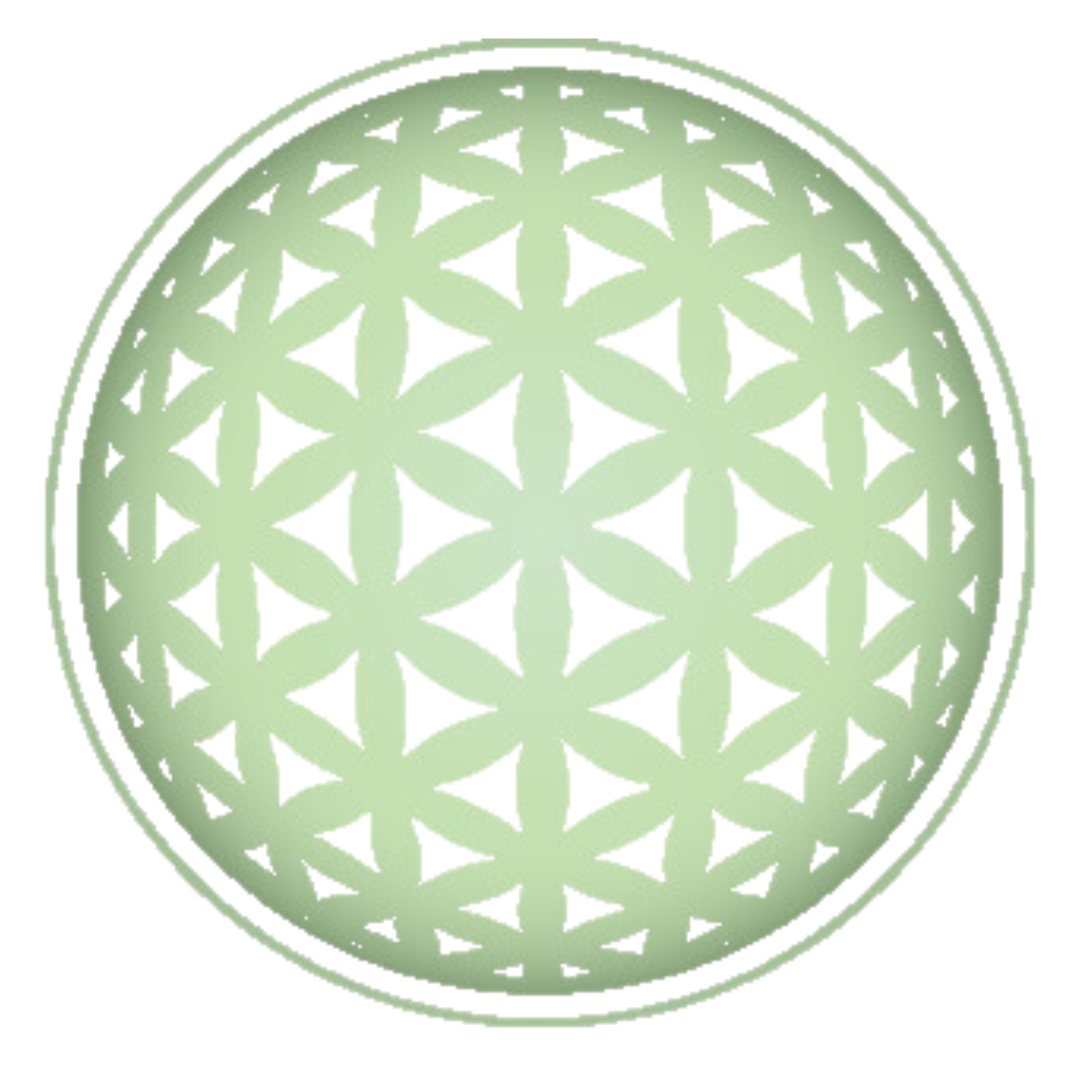The Magic of Yin Yoga
Yin yoga is a relatively modern form of yoga that was developed in the late 1970s by martial arts expert and yoga teacher Paulie Zink. It involves holding passive, seated poses for extended periods of time, typically between 3-5 minutes or even longer. Unlike more dynamic styles of yoga that focus on building strength and flexibility quickly, yin yoga targets the connective tissues, such as ligaments, tendons, and fascia, with the goal of increasing circulation and flexibility over time.
One of the key benefits of yin yoga is its ability to increase flexibility and joint mobility. By holding poses for longer periods of time, practitioners are able to gently stretch and stimulate the connective tissues that often get neglected in more active forms of yoga or exercise. This can lead to greater range of motion, reduced risk of injury, and improved overall physical performance in other activities.
Yin yoga is also believed to have a profound impact on the energetic and emotional body. The long holds in yin poses can help release stored tension and stress, promoting a sense of relaxation and mental clarity. Many practitioners report feeling a deep sense of calm and inner peace after a yin yoga practice, as well as improved sleep and reduced anxiety.
From a historical perspective, yin yoga draws inspiration from traditional Chinese medicine and Taoist philosophy, which emphasize the balance of yin and yang energies in the body. In yin yoga, poses are held for an extended period of time to target the more yin, passive tissues of the body, while also incorporating elements of mindfulness and meditation to cultivate a deeper awareness and connection to the present moment. This holistic approach to physical, mental, and emotional well-being is what makes yin yoga a unique and valuable practice for individuals of all ages and abilities.
Looking to dive deeper into Yin Yoga? Check out our annual Yin Yoga Teacher Training at reUnify

